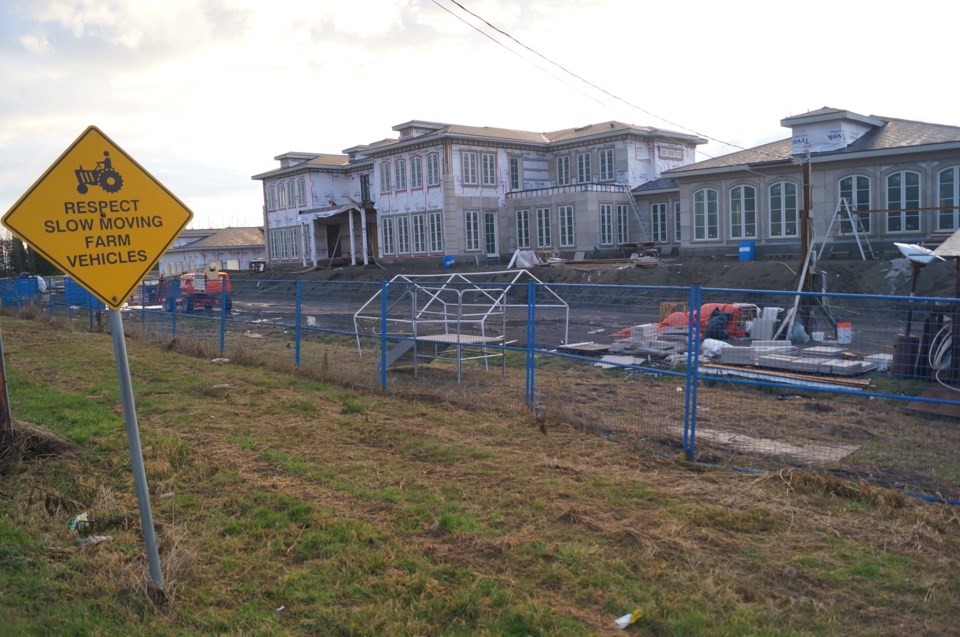Dear Editor,
If you look at any real estate ad for ALR land in Richmond today (11 months after council enacted a bylaw to cap house size at 10, 753 square feet on all farmland lots above 0.5 acres/0.2 hectares) you will see what is being sold is not the land’s potential to grow food but the problematic fact that you can build mansions on the ALR and avail of tax breaks with nominal farming activity.
The size and siting of the house on farmland is totally within the power of the municipal/city government and has always been so.
And, yes, the size and siting of the house is an effective tool for curtailing speculation. You only have to look at the example of Delta and their much more restrictive house size and the associated 80 per cent rate of farmland utilization to attest this idea.
What has happened on Richmond’s ALR under the watch of the current council and mayor is completely the opposite.
According to Richmond FarmWatch, “50 farms were lost to residential development just within the last year.” This is evidence that residential speculation on farmland is having a detrimental effect on farming in Richmond.
What we see on farmland in Richmond is not just a result of market forces but a distortion of market caused by what economists call “regulatory capture.”
According to Wikipedia, “Regulatory capture is a form of government failure which occurs when a regulatory agency, created to act in the public interest, instead advances the commercial or political concerns of special interest groups that dominate the industry or sector it is charged with regulating.”
So far, Richmond’s city council (as regulator) has failed to provide effective regulation that will protect Richmond’s ALR from mansion building and instead seems to have given in to vested interests that would prefer to see speculation grow on farmland without any regard to how it is affecting agriculture.
I hope next time around, the council and mayor will address this problem effectively and not ignore the “Made in Richmond” realities on the ALR.
Niti Sharma
RICHMOND



